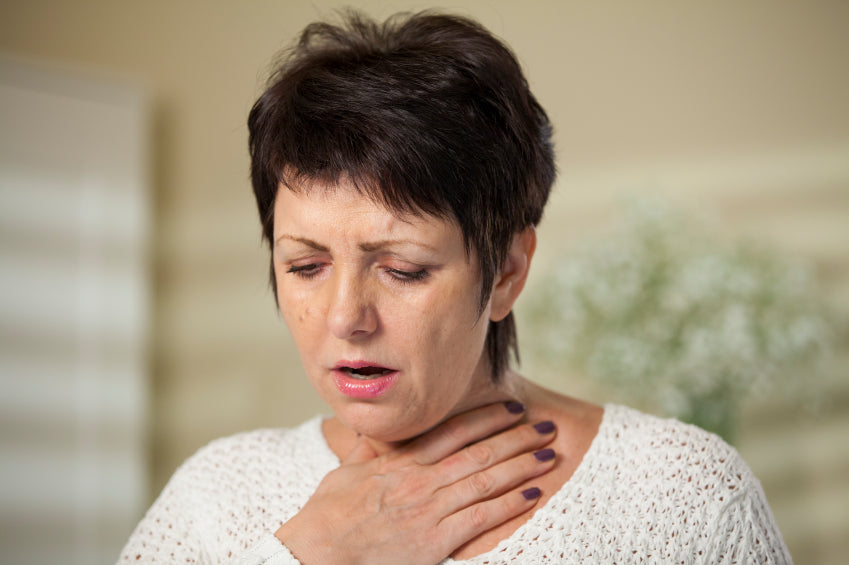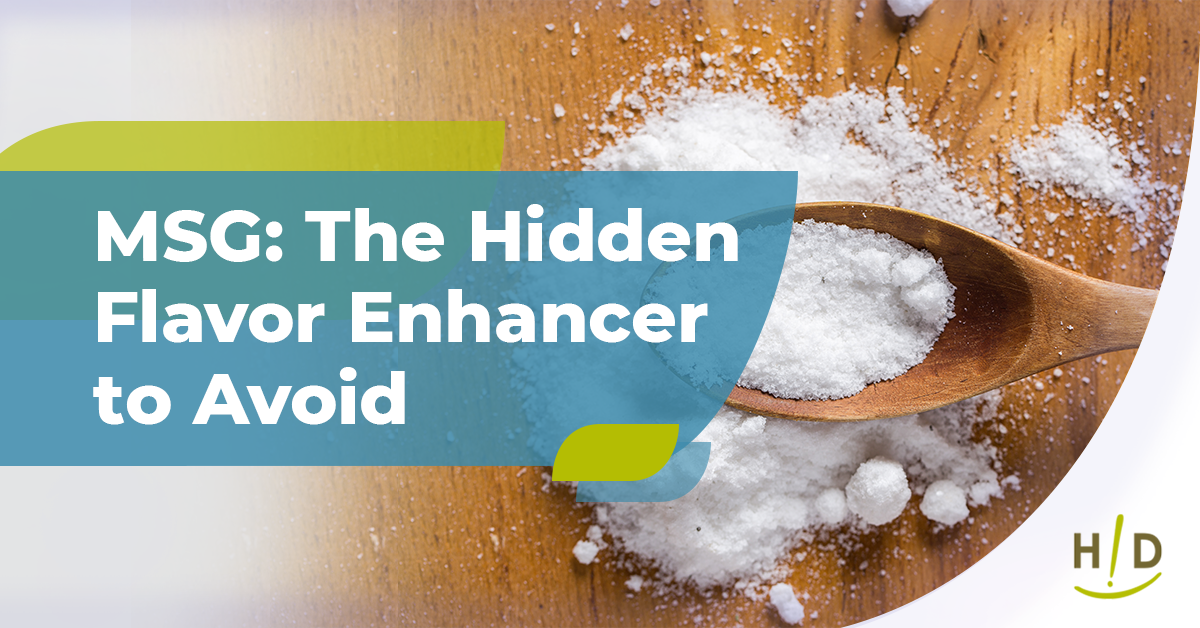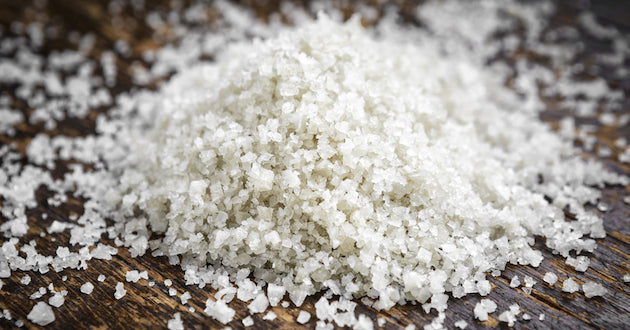Air quality has a direct impact on overall health and wellness, and breathing toxic air throughout the day can increase a person’s risk of cancer. Many people think that they are safe breathing the air indoors, but the truth is that there are many reasons why inside air can be more toxic than the air outside.
Many modern buildings are built in a way to be air tight, in order to maximize the efficiency of HVAC systems. The goal is to keep the heat out in the summer and the cold out in the winter, which means that air leaks need to be minimized as much as possible. The problem with these air tight building lies in the lack of high quality air inside. To make matters worse, many buildings have a variety of toxic compounds inside that make the air quality even more harmful.
Health Problems from Air Contamination
When you use household products that pollute the air, you are causing the air pollution to get worse. Since the building is sealed, there aren’t many ways for the air to escape and fresh air to come in. As a result, the indoor air quality continues to get worse, resulting in toxic air that you are breathing in with every inhale. The EPA has stated that Volatile Organic Compounds (VOCs) have been found at extremely high levels indoors, even as much as 10 times higher than the air outdoors. Exposure to VOCs can lead to a number of health problems, including:- Memory impairment
- Cancer
- Vision disorders
- Dizziness
- Headaches
- Respiratory problems
- Eye irritation
Household Products that are Polluting Your Home
It is difficult to list the many household products that cause indoor air pollution, but here are some of the common items that you might have in your home:- Bug killers and pesticides
- Bug repellant
- Aerosol deodorant
- Glue
- Solvents
- Paint
- Perfume and cologne
- Beauty products
- Air fresheners
- Household cleaners
- Copiers and printers
- Craft materials
- Markers
- Carpets and rugs
Reducing Toxic Air Exposure in Your Home
There are several things that you can do to improve air quality in your home and reduce the toxicity:- Eliminate toxic products as much as possible
- Increase ventilation by leaving a window open
- Select paint and carpet products that are low in VOCs
- Get rid of conventional cleaning products and use natural alternatives
- Use an ozone-producing machine to purify the air








